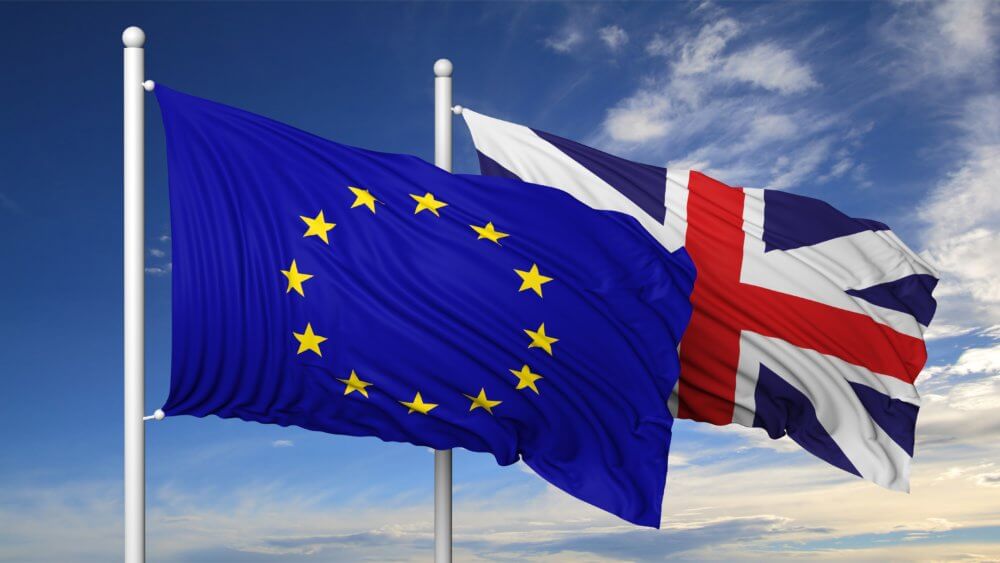It is a simple premise. A great strategy backed up by poor communication results in confusion and wasted resources and it’s something I encounter regularly.
Last week I was privy to a conversation on the train between two weary looking souls: ‘I’ve been asked to put together a plan to show how we can target millennials.’ 
‘Seriously? I thought that was out of bounds after we had the strategic plan review last week. I’m launching the strategy to the team tomorrow and that’s definitely not included. In fact we make a point in the email about why it’s not included. I’ll have to rewrite it now.’
It turns out a competitor had started to make inroads unexpectedly into this company’s space and a knee jerk reaction followed.
This conversation reinforces why I’m not a great believer in a huge strategic document. It can be rigid and inflexible. I’m more comfortable with the idea of a minimum viable strategy, something that deals with the purpose, core markets and growth areas and introduces a few key issues that the leaders delivering the strategy will encounter, like anticipated moves by competitors and how the company would respond.
This approach allows you to communicate the essential building blocks of the strategy and leave room for manoeuvre once it becomes operational. Middle management then has permission from the senior team to respond tactically to a competitor in such a way that they stay true to the fundamental parts of the strategy.
I’m also not a lover of the ‘sheep dip’ email where by the strategy is pushed out with little explanation or with too much room for interpretation. It seems counterproductive to spend weeks on a plan only to rush it out to people and hope it sticks.
Instead, the best way to ensure everyone understands that direction is to host an event. It helps to ensure that the key messages are consistently delivered and everybody can relate to how their role will support the plan, or needs to change. As we all know, an email can be misinterpreted, boring, or worse still not read.
To take the message beyond delivery and get some real communication, understanding and buy in, add in a game. In our time we have designed plenty of games to support announcements related to entering new geographic markets, grappling with regulatory change to refocusing on specific customer segments.
It’s a great way to kick off a new year and break an enormous strategy into manageable component parts. What’s more, done well it creates a common language, which in turn generates a positive buzz as people make a connection between themselves and the business.
Then, once the plan is in flight, take advantage of the flexibility a minimum viable strategy affords, and consider following up these large-scale initiatives with smaller tailored events. Strategies only ever drift otherwise.
Smaller, function specific events allow teams to plan for the geographic nuances or operational requirements that affect them yet stay in strategic alignment with the rest of the organisation.
This year business leaders are faced with an extraordinary list of change in addition to the normal fluctuations in trading conditions and skill. With Brexit around the corner, changes to legislation like GDPR, and a growing scepticism towards social media so companies will have to re-evaluate their strategy from commercials markets and pricing through marketing to customer engagement. Every facet of the organisation is likely to be touched.
That’s why I believe, now more than ever regular tailored and immersive briefings are imperative to keep strategic vision alive and running to plan.
To learn more, check out our article Facing into Organisational Change? And consider what changes are happening in your organisation and how you can ensure they are communicated effectively.

